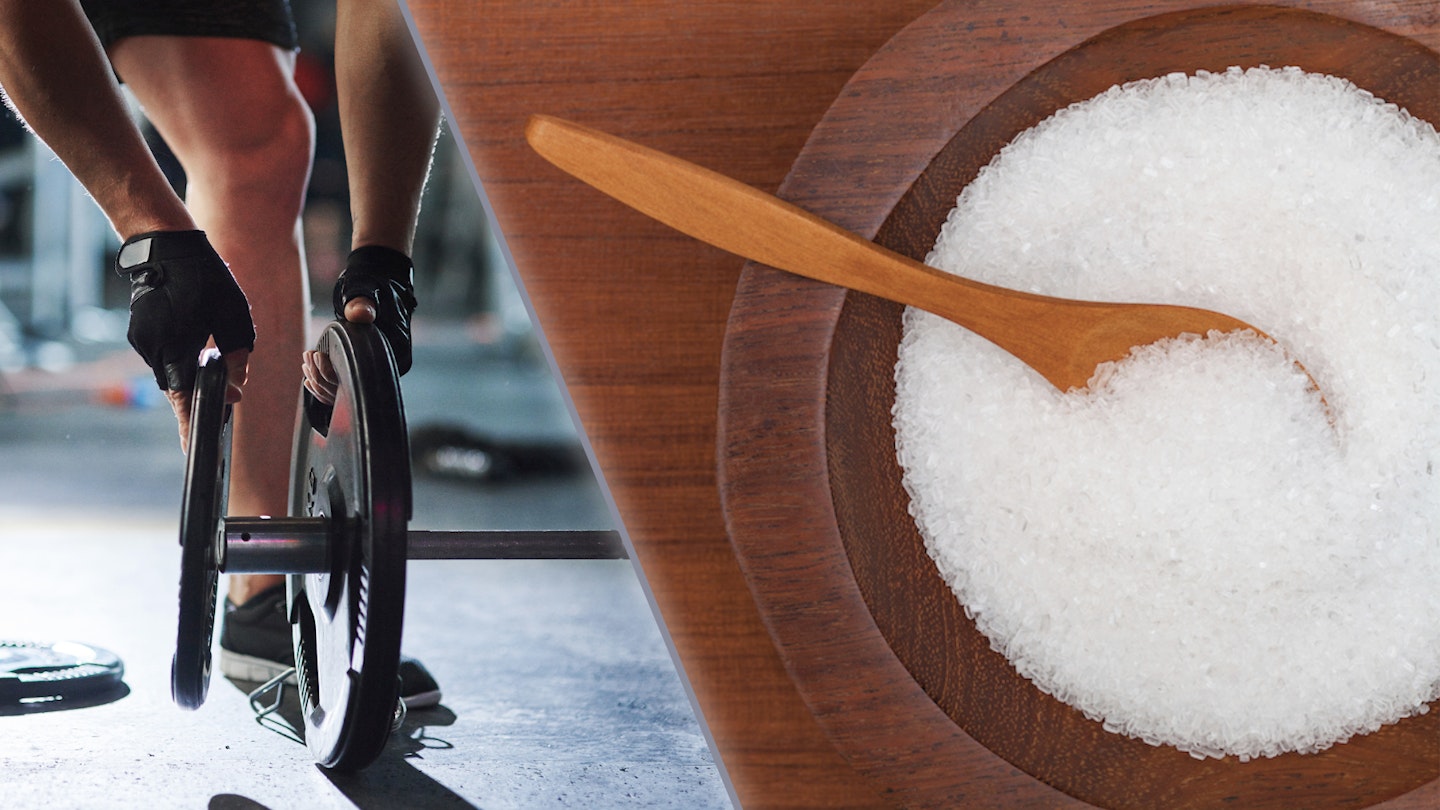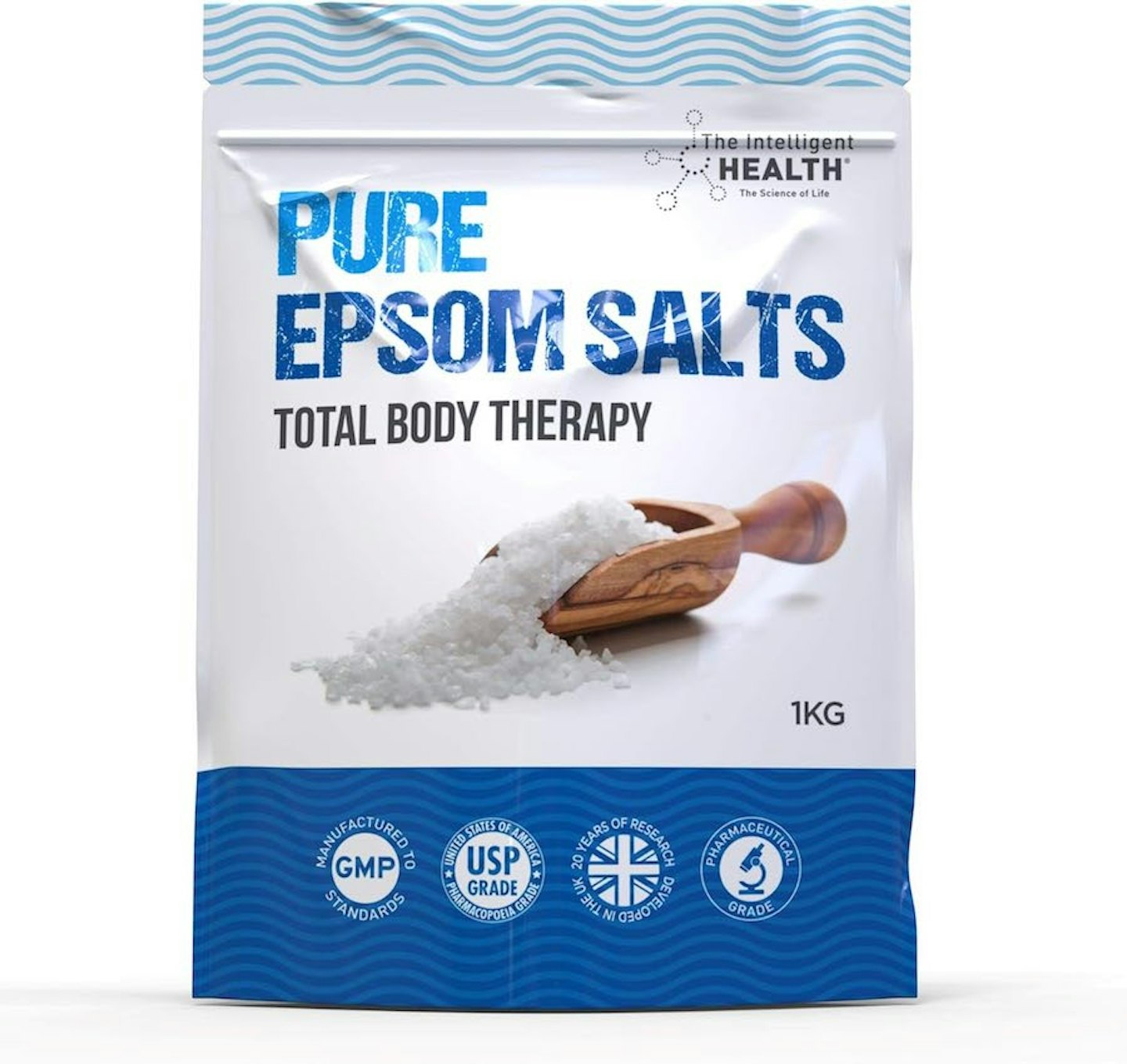Magnesium – the unsung hero of minerals! It's like the backstage crew of the body, working tirelessly behind the scenes to keep the show running smoothly. From muscle contractions to nerve function, magnesium is the ultimate multitasker. Most commonly taken as a supplement, you might be surprised to find that magnesium comes in many forms, including magnesium citrate, magnesium oxide and magnesium sulphate, and it can be used in many different ways outside of simply as a general health supplement.
I embarked on a 30-day magnesium sulphate adventure to soothe my achy muscles. It was like joining a secret club of relaxation – a kind of magic realm where all of your muscles go, "Ahh, finally." It was 30 days of magnesium-infused bliss.
Before I go into the details of my magnesium experience, let's look deeper at my new favourite mineral.

Types of Magnesium and their benefits:
Magnesium Glycinate
What it is: Magnesium glycinate is highly absorbable and is often considered the best choice for improving sleep quality.
What it does: It can help relax muscles and promote a sense of calm, making it a good option for those struggling with insomnia or sleep disturbances.
Effects: Improved sleep quality, reduced muscle tension and relaxation.
Side Effects: Magnesium glycinate is generally well-tolerated but may cause mild digestive upset in some individuals.
Magnesium Taurate
What it is: Magnesium taurate is a combination of magnesium and the amino acid taurine, and it is believed to be beneficial for individuals with high blood pressure.
What it does: It may help regulate blood pressure by relaxing blood vessels and supporting cardiovascular health.
Effects: Lowering blood pressure and improving heart health.
Side Effects: Side effects are generally mild but may include gastrointestinal discomfort.
Magnesium Citrate
What is it? Magnesium citrate is a common magnesium supplement that is easily absorbed by the body. It is often used to relieve constipation.
What it does: Magnesium citrate acts as a mild laxative, helping to soften stools and promote bowel regularity.
Effects: It can help alleviate constipation and may also provide some mental calming effects.
Side Effects: The most common side effect of magnesium citrate is diarrhoea when taken in excess.
Magnesium Sulphate
What it is: Magnesium sulphate, also known as Epsom salt, is often used as a topical remedy to alleviate aches, pains and muscle soreness.
What it does: It can help relax muscles, reduce inflammation and relieve discomfort.
Effects: Relief from muscle soreness, tension and discomfort.
Side Effects: When applied topically, side effects are minimal, but ingesting it can lead to diarrhoea.
Magnesium Chloride
What it is: Magnesium chloride is often available as a cream that can be applied topically to the skin.
What it does: When applied to the skin, it may help ease muscle tension and soreness, as well as improve skin health.
Effects: Muscle relaxation and skin benefits.
Side Effects: Skin irritation can occur in some individuals.
Magnesium L-3N8
What it is: This form of magnesium is less common and is believed to be involved in various neurological processes in the brain.
What it does: It may play a role in brain health and cognitive function, but more research is needed.
Effects: Potential benefits for brain health, though not well-established.
Side Effects: Limited information is available on potential side effects.

My experience: Will Magnesium Sulphate help ease my aches and pains?
The 30-day magnesium sulphate experiment provided a fascinating insight into the world of natural remedies for pain relief and recovery - simialr to my recent trial of ashwaghanda.
At first, I was hesitant. I sought to explore the efficacy of magnesium sulphate - commonly known as Epsom salt - through bath soaks and topical applications. The application was straightforward and non-invasive, making it an attractive choice for anyone seeking a holistic approach to pain management away from the world of painkillers or intense massage guns.
I used approximately one to two cups of Epsom salt in each bath. This quantity struck the perfect balance between effectiveness and practicality. The frequency of these soothing soaks averaged about two to three times a week, roughly on the days I was lifting weights, allowing me to integrate them seamlessly into my routine without causing disruptions. Here's a link to the product I used.
Unscented, 100 percent natural, vegan
The results were nothing short of remarkable - which took me by surprise. After each application, whether a therapeutic soak in a magnesium sulphate bath, I experienced almost immediate relief from muscle tension and soreness. I felt so relaxed coming out of a warm bath.
This rapid response was particularly noteworthy, as it significantly expedited my recovery. It allowed me to swiftly bounce back from strenuous Atlas Stone workouts or arduous days when I've been practising martial arts and been on my feet all day with the family. Thanks to magnesium sulphate, I am confident that I can maintain an active and fulfilling lifestyle at the ripe age of 31 without prolonged discomfort.
Furthermore, the application method ensured that I didn't encounter any typical adverse side effects often associated with internal magnesium supplementation, such as gastrointestinal issues, such as bloating, cramps or runs. Using magnesium sulphate externally through baths bypasses these concerns entirely, providing a safe and gentle approach to harnessing the benefits of this mineral.
The absence of adverse side effects was a testament to the safety and ease of incorporating magnesium sulphate into my daily routine. It reinforced the notion that natural remedies like Epsom salt have the potential to enhance my and anyone else's well-being without the potential drawbacks that can accompany specific pharmaceutical alternatives.
The 30-day experiment with magnesium sulphate left me with a profound appreciation for the versatility of this mineral in addressing aches, pains, and muscle soreness. The almost immediate relief it offered through bath soaks and topical applications made it a valuable tool in my post-workout recovery regimen. The absence of adverse reactions further highlighted the safety of this approach.
Simon Diamond is a contributor to What’s The Best with over a decade of expertise in fitness, nutrition and wellbeing. A former bodybuilder and fitness model winner, Simon holds multiple World Records for muscular endurance and strength titles.
Subscribe to the What’s The Best Newsletter to keep up to date with more of the latest reviews and recommendations from the rest of the What’s The Best team.

